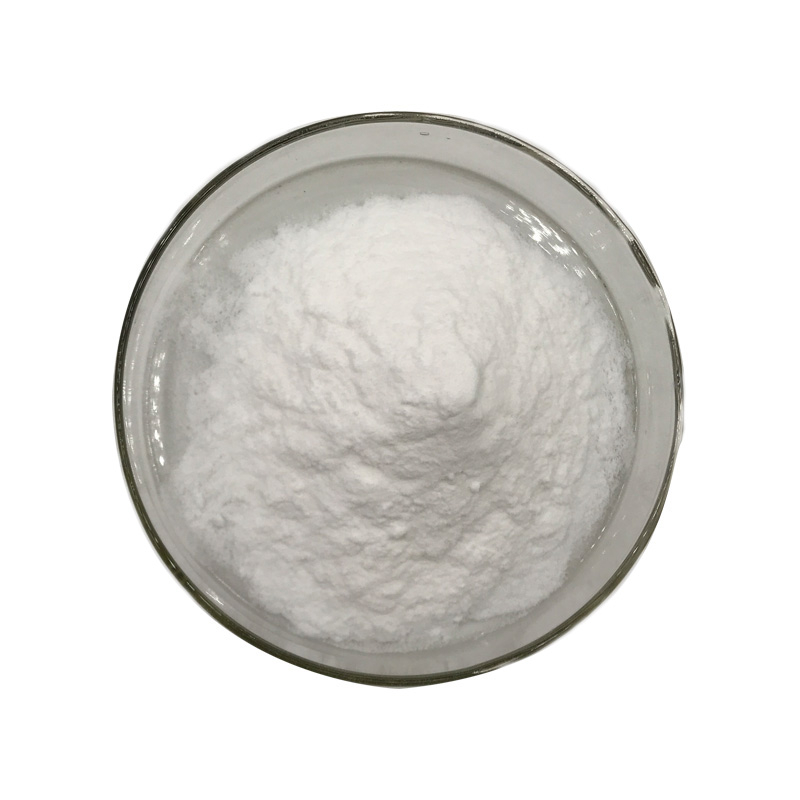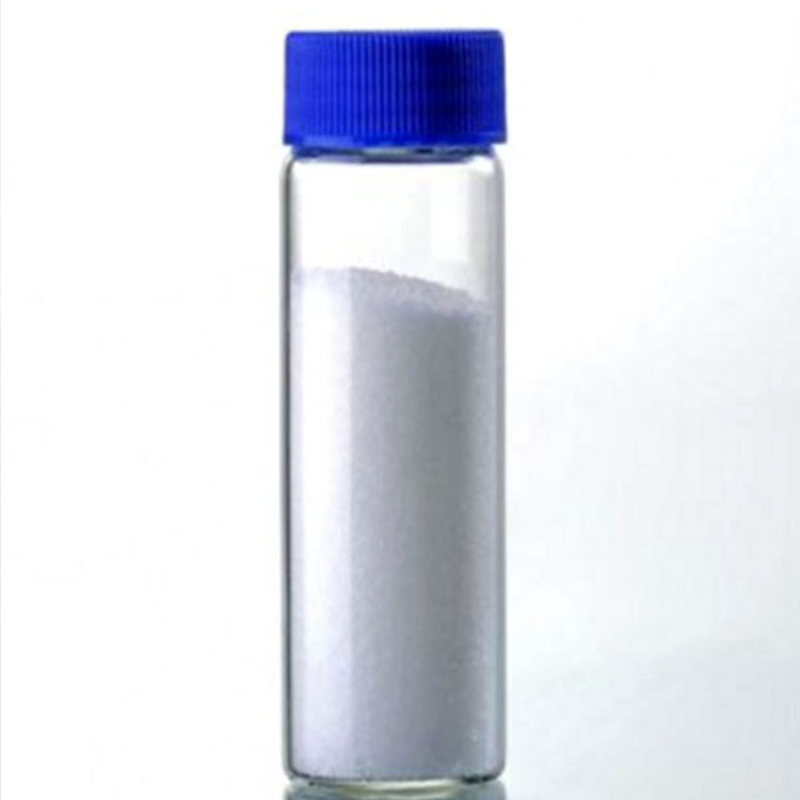Products Description of Diphenyl Ether CAS#101-84-8Diphenyl Ether (CAS#101-84-8) is a colorless crystalline solid or liquid with a mild, pleasant aroma. It is characterized by its colorless appearance and melts at a point around 81 °F (27.2 °C). When the temperature exceeds this melting point, it transforms into a colorless liquid. Diphenyl Ether is known for its distinct, strong floral-green, metallic geranium-like scent and is insoluble in water.This chemical is widely used as a heat transfer medium due to its thermal stability and low vapor pressure.
Contact Now
Products Description of 4,4'-Diphenylmethane diisocyanate CAS#101-68-8Pale yellow molten solid with a strong pungent odor.
Contact Now
Products Description of Anthraquinone CAS#84-65-1Anthraquinone, with the chemical formula C14H8O2, is a quinone compound that is naturally occurring and can also be artificially synthesized. It is a significant organic compound known for its diverse applications, particularly in the pharmaceutical and dye industries. Anthraquinone is characterized by its conjugated structure, which gives it a distinctive color and makes it a key component in the synthesis of various dyes.
Contact Now
Products Description of Chlorpropham CAS#101-21-3Chlorofen, also known as clopfen, is an organic compound with the chemical formula C10H12ClNO2. It is a light brown crystalline powder and is insoluble in water. It is a plant growth regulator and herbicide that can effectively control wheat, corn, and alfalfa.
Contact Now
Products Description of Tolylene-2,4-diisocyanate CAS#584-84-9Toluene-2,4-diisocyanate is a colorless, transparent liquid at room temperature and pressure, and is sensitive to moisture.
Contact Now
Products Description of Glycerol triglycidyl ether CAS#13236-02-7Glycidyl ethers include allyloxyepoxypropane, diglycidyl ether, isopropyl glycidyl ether, butoxye-popropane, diglyeidyl ether (EP-562) and epoxphenoxypropane, etc. They are a group of substances with similar chemical properties and toxic effects. They are colorless liquids with some pungent odors. They have low acute toxicity when in contact with the mouth and skin, and moderate toxicity when in contact with the respiratory tract. They mainly act on the nervous system.
Contact Now
Products Description of 2,2,4-TrimethylpentaneCAS#540-84-1Isooctane is a colorless liquid with a high octane number and is therefore widely used as a gasoline additive.2,2,4-Trimethylpentane Chemical PropertiesMelting point -107 °CBoiling point 98-99 °C(lit.)density 0.692 g/mL at 25 °C(lit.)vapor density 3.9 (vs air)vapor pressure 41 mm Hg ( 21 °C)refractive index n20/D 1.391(lit.)Fp 18 °Fstorage temp. Store at +5°C to +30°C.solubility water: insolubleform Liquidpka>14 (Schwarzenbach et al., 1993)Specific Gravity0.692 (20
Contact Now
Products Description of D-Glucal CAS#13265-84-4D-glucosene, also called D-glucosene, is a pharmaceutical intermediate that can be prepared from pentaacetyl glucose through a three-step reaction.
Contact Now
Products Description of Dibenzoylmethane CAS#120-46-71,3-diphenyl-1,3-propanedione is commonly known as dibenzoylmethane.
Contact Now
Products Description of 1,3-Dioxan-2-one homopolymer CAS#31852-84-3Polylactic acid is also known as polyhydroxypropionic acid or polylactide. It is a biodegradable polymer material formed by the polycondensation of lactic acid monomers. It is soluble in solvents such as chloroform, acetone, dioxane, dimethylformamide, benzene, toluene, and insoluble in saturated alkanes such as petroleum ether. It has good biocompatibility and blood compatibility, good anticoagulant properties in vitro, can be degraded by the human body, and excreted from the body as carbon dioxide and water.
Contact Now
Products Description of 1,8-Naphthalic anhydride CAS#81-84-5It precipitates needle-shaped crystals in ethanol and rhombus-shaped crystals in acetic acid.
Contact Now
Products Description of Guanidine thiocyanate 99.5%CAS#593-84-0Guanidine thiocyanate can be used as a biochemical reagent and pharmaceutical intermediate.
Contact Now
Products Description of Sodium trimetaphosphate CAS#7785-84-4Sodium trimetaphosphate is an inorganic compound with the chemical formula Na3(PO3)3. It is a white crystalline powder, easily soluble in water, and is mainly used as a starch modifier.Sodium trimetaphosphate Chemical PropertiesMelting point 53℃ [MER06]density 2.49storage temp. Inert atmosphere,Room Temperaturesolubility Water (Slightly)form Powdercolor WhiteSpecific Gravity2.49Water Solubility Soluble in water.
Contact Now
SCANDIUM CHLORIDE CAS#10361-84-9Overview:Scandium Chloride, with the chemical formula ScCl3 and CAS number 10361-84-9, is a significant industrial chemical known for its unique properties and wide range of applications.
Contact Now
Products Description of Erucamide 98% CAS#112-84-5Erucamide is a higher fatty acid amide, one of the important derivatives of erucic acid, and is refined from vegetable oil. It is a waxy, odorless solid, insoluble in water, and has certain solubility in organic solvents such as ketones, esters, alcohols, ethers, and benzene. Because the molecular structure contains a long unsaturated C22 chain and polar amine groups, it has excellent surface polarity, a higher melting point than Chemicalbook and good thermal stability, and can be widely used in place of other similar additives.
Contact Now
Products Description of 1,1,2-Trimethyl-1H-benz[e]indole CAS#41532-84-7It is an extremely important alkaline heterocyclic intermediate for the synthesis of benzindolyl cyanine dyes, and is also a key intermediate for the synthesis of a variety of photovariable dyes.
Contact Now
Products Description of POLYCARBOMETHYLSILANE CAS#62306-27-8Transparent oily liquidPOLYCARBOMETHYLSILANE Chemical PropertiesMelting point 79-84 °Cdensity 1.1 g/mL at 25 °C(lit.)Product Application of POLYCARBOMETHYLSILANE CAS#62306-27-8Silicon carbide ceramic polymer precursors. Ceramic coatings from polymer melts or solutions.Factory and Equipment ShowFast delivery timeInventory 2-3 working days New production 7-10 working days
Contact Now
Products Description of Neopentyl glycol diglycidyl ether CAS#17557-23-2Slightly yellow transparent liquid. Soluble in organic solvents such as ketone and benzene.
Contact Now
Products Description of Cocamidopropyl betaine CAS#61789-40-0Cocamidopropyl betaine is a mixture, generally containing several main ingredients in different contents: decylamidopropyl betaine (abbreviated as C10), lauramidopropyl betaine (abbreviated as C12), myristamidopropyl betaine (abbreviated as C14), palmitamidopropyl betaine (abbreviated as C16), stearamidopropyl betaine (abbreviated as C18), etc.Cocamidopropyl betaine Chemical PropertiesBoiling point 104.3℃[at 101 325 Pa]vapor pressure 0Pa at 25℃storage temp. Refrigeratorsolubility Methanol (Sparingly), Water (
Contact Now
Products Description of Isosorbide dimethyl ether CAS#5306-85-4 Isosorbide dimethyl ether is a colorless oily liquid. It is very stable under neutral conditions, hygroscopic, and miscible with many organic solvents. It is often used as a solvent. DMI can promote the penetration of active ingredients into the epidermis of the skin and give full play to the effectiveness of active ingredients.
Contact Now
Products Description of HYDROXYLAMINE CAS#7803-49-8Hydroxylamine is also called "hydroxylamine". Chemical formula NH2OH. Molecular weight 33.03. Unstable white large flake or needle-shaped crystals. Very easy to absorb moisture, volatile, very soluble in water. Deliquesce in the air. Odorless, corrosive to the skin. When the concentration is 100%, 10%, 20%, 30%, 40%, 50%, the relative density of the aqueous solution is: 1.2040, 1.0192, 1.0410, 1.0637, 1.0875, 1.1122. The product decomposes in hot water and is slightly soluble in ether, benzene, carbon disulfide, and chloroform.
Contact Now
Products Description of 2-Ethyl anthraquinoneCAS#84-51-5Pale yellow solid, melting point lower than anthraquinone, soluble in benzene, can be recrystallized from ethanol or acetic acid, melting point 108℃.2-Ethyl anthraquinone Chemical PropertiesMelting point 108-111 °C (lit.)Boiling point 180-190°Cdensity 1.27 g/cm3 (21℃)vapor pressure <1 hPa (25 °C)refractive index 1.6290 (estimate)Fp >210°Cstorage temp. Store below +30°C.solubility 0.00025g/lform powder to crystalcolor Light yellow to Amber to Dark greenWater Solubility Insol
Contact Now
Products Description of Diisopropyl Ether (99%min) CAS#108-20-3Diisopropyl ether is a good solvent for animal, vegetable and mineral oils and fats, and can be used to extract nicotine from tobacco. It is also a good solvent for paraffin and resin. In industry, diisopropyl ether is often mixed with other solvents and applied to paraffin-based oils. The dewaxing process of the product. As a solvent, it is also used in pharmaceuticals, smokeless gunpowder chemical books, coatings and paint cleaning, etc.
Contact Now
Products Description of 4-Chloroquinoline CAS#611-35-84-Chloroquinoline is a key intermediate commonly used in the synthesis of quinoline derivatives with important biological activities.
Contact Now

















![1,1,2-Trimethyl-1H-benz[e]indole CAS#41532-84-71,1,2-Trimethyl-1H-benz[e]indole CAS#41532-84-7](https://d3rnfhc14zcmdf.cloudfront.net/cdn/ff/vCdZL5hgJePL41mQiSGZKs6PuHZLWAvoY27pKNwf9gM/1718385350/public/styles/chanpinzhutu/public/2024-06/%E4%BA%A7%E5%93%81%E5%9B%BE%20%282%29_0.jpg?itok=0rtELXYW)

















